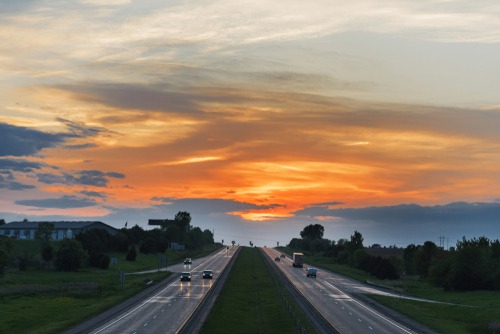
In its latest meeting, the Iowa Transportation Commission approved a draft of investments into Iowa’s multimodal transportation system – aviation, public transit, railroads, trails and highways – for five years, as part of the fiscal year 2023-2027 Iowa Transportation Improvement Program.
Updated, reviewed and approved annually by the commission, the improvement program includes highway and bridge projects expected to be built on Iowa’s highway system. Those projects will cost approximately $4.2 billion, paid for through projected state and federal funding. Each was assessed to provide modern, safe and efficient transportation of goods and travelers once completed.
Likewise, highway and bridge safety was a major focus for the commission, so the draft program includes more than $3.3 billion of investments to that end. Of this, more than $1.3 billion will go to additional bridge investments, hopefully building on figures the commission has already touted: investments over the last 15 years have, according to the agency, dropped the number of poor condition bridges on the state highway system from 256 in 2006 to just 30 in 2022.
Plenty of funding will address the addition of capacity, replacement of major river crossings and modernization of interchanges as well. From reconstruction of the I-80 Middle Road Interchange, to new truck parking spots and a bridge replacement plus widening of I-35 at the U.S. 30 interchange, along with resiliency work and repavements, efforts over the next few years will take many forms.
The commission noted that the federal Infrastructure Investment and Jobs Act (IIJA) was a particular boon to these efforts, having brought a certainty of federal funding and, specifically, about 30 percent more highway-related funding. This poured out in a mix of more funding for existing programs, as well as the creation of new programs altogether. Much of this money also went to offset a large increase in material and fuel costs as national inflation rose, however.